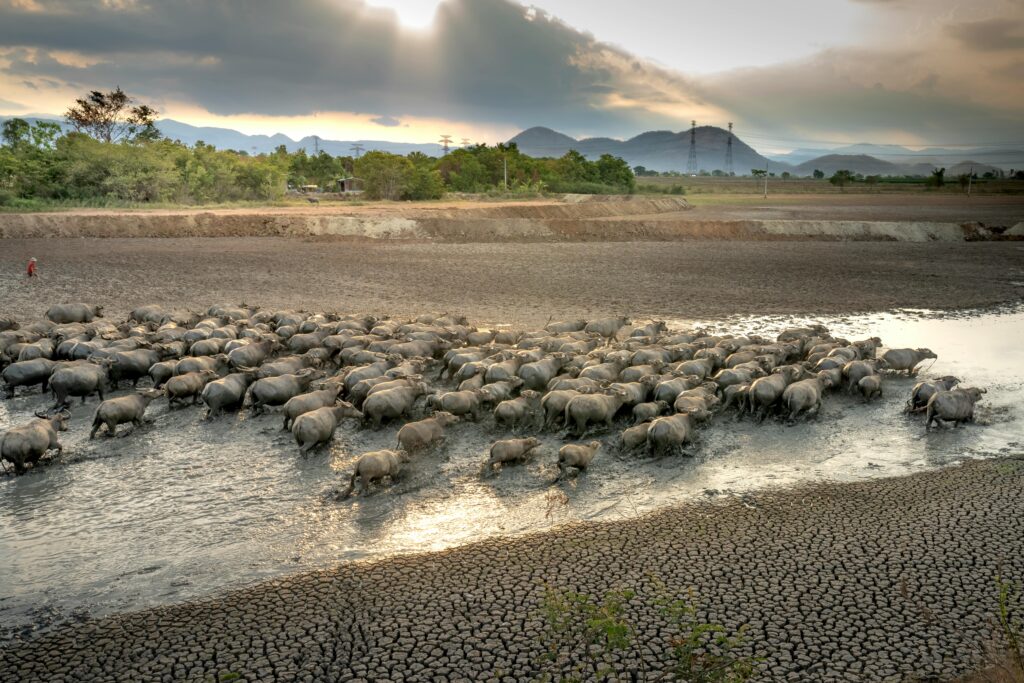Animal migration is one of nature’s most fascinating phenomena, showcasing the remarkable adaptability and instinctive behaviors of various species. Defined as the seasonal movement of animals from one region to another, migration can be observed across a wide range of species, including birds, mammals, fish, and even insects. This article explores the intricacies of animal migration patterns, the reasons behind these migrations, and the challenges animals face along their journeys.
The Reasons for Migration
Animals migrate for several key reasons, primarily related to the search for food, breeding opportunities, and favorable environmental conditions. For many species, migration is essential for survival. For instance, many birds migrate south during the winter months to escape the harsh conditions of their breeding grounds, where food becomes scarce. The famous monarch butterfly undertakes a remarkable journey from North America to central Mexico, covering thousands of miles to find warmer climates for wintering.
Breeding is another significant factor driving migration. Many animals travel to specific breeding grounds that offer abundant resources and suitable habitats for raising their young. For example, caribou migrate in large herds across the Arctic tundra to reach calving grounds where predators are fewer and food is plentiful for nursing mothers.
Types of Migration
Migration patterns vary widely among species and can be categorized into several types:
- Seasonal Migration: This is the most common type, where animals move between distinct seasonal habitats. Birds, such as geese and swans, exemplify this pattern as they migrate between breeding and wintering grounds.
- Altitudinal Migration: Some animals, like mountain goats or certain bird species, migrate vertically within a mountain range to find suitable conditions based on elevation changes, moving to lower elevations in winter and higher elevations in summer.
- Nomadic Migration: Some species do not have a fixed migratory route but move in search of food or water. This pattern is often observed in desert-dwelling animals, such as certain antelope species that follow rainfall patterns.
- Irregular Migration: This occurs when animals migrate based on unpredictable environmental changes, such as food availability. Many fish species, for example, may undertake irregular migrations in response to shifts in ocean temperatures or currents.
Navigation and Communication
One of the most impressive aspects of migration is how animals navigate over long distances. Many species rely on a combination of innate instinct and learned behaviors, using environmental cues such as the position of the sun, stars, and the Earth’s magnetic field. Birds are particularly adept at navigation; studies have shown that they can detect magnetic fields and use visual landmarks to guide their journeys.
In addition to navigation, animals often communicate during migration. For example, flocking behavior in birds helps them conserve energy by flying in formation and allows for better coordination among group members. Similarly, some mammals, like wildebeest, rely on social structures to navigate and protect one another during their migrations.
Challenges of Migration
While migration is an incredible feat of endurance and survival, it is fraught with challenges. Animals face numerous threats along their migratory routes, including habitat loss due to urban development, climate change, and barriers like roads and dams. These obstacles can disrupt migration patterns and increase mortality rates, particularly among young or inexperienced travelers.
Additionally, changes in climate can impact the timing and availability of food sources, leading to mismatches between migration timing and resource availability. For example, if birds arrive at their breeding grounds too early due to warmer temperatures, they may find insufficient food for their chicks, leading to lower survival rates.
Conservation Efforts
Given the challenges faced by migratory species, conservation efforts are crucial to protect their habitats and migration routes. Establishing protected areas, creating wildlife corridors, and implementing policies to reduce habitat destruction can help mitigate the impacts of human activities. International cooperation is also essential, as many migratory species cross national borders and require coordinated conservation strategies.
Public awareness and education about the importance of migratory species can foster greater appreciation and support for conservation initiatives. Engaging communities in citizen science projects, such as tracking migratory birds or participating in habitat restoration, can empower individuals to contribute to the protection of these remarkable animals.
Conclusion
Animal migration is a testament to the resilience and adaptability of species in the face of environmental challenges. As these incredible journeys unfold each year, they remind us of the interconnectedness of ecosystems and the importance of preserving the natural habitats that support migratory species. By understanding and supporting animal migration patterns, we can contribute to the conservation of biodiversity and ensure that future generations can witness the awe-inspiring journeys of these remarkable creatures.



